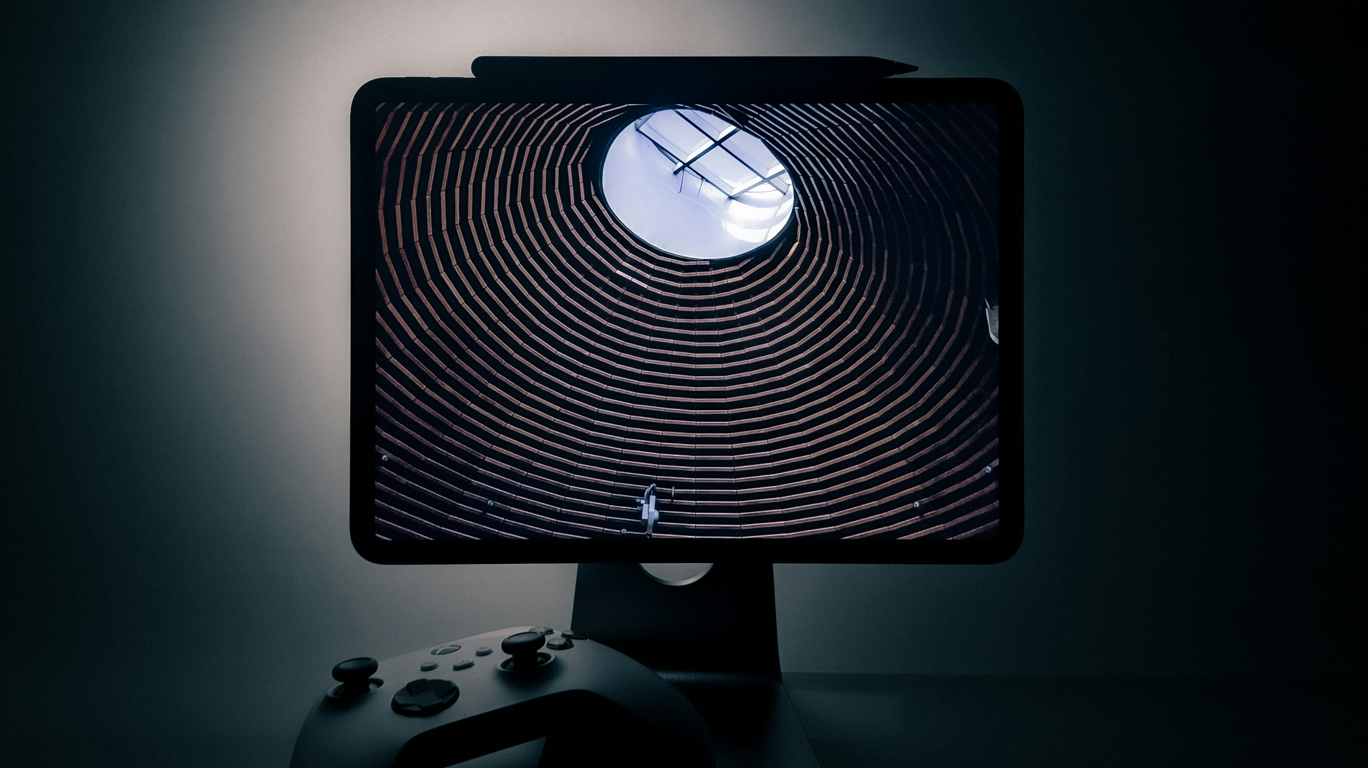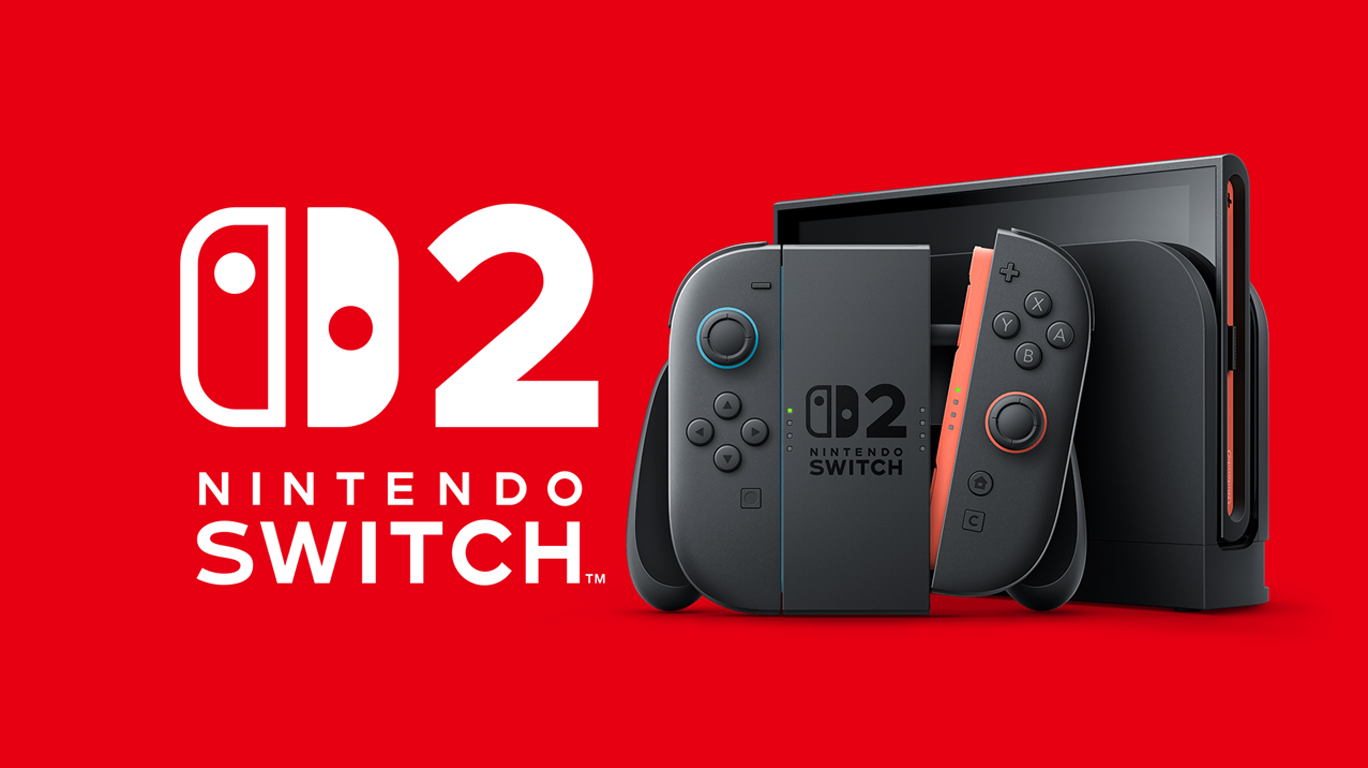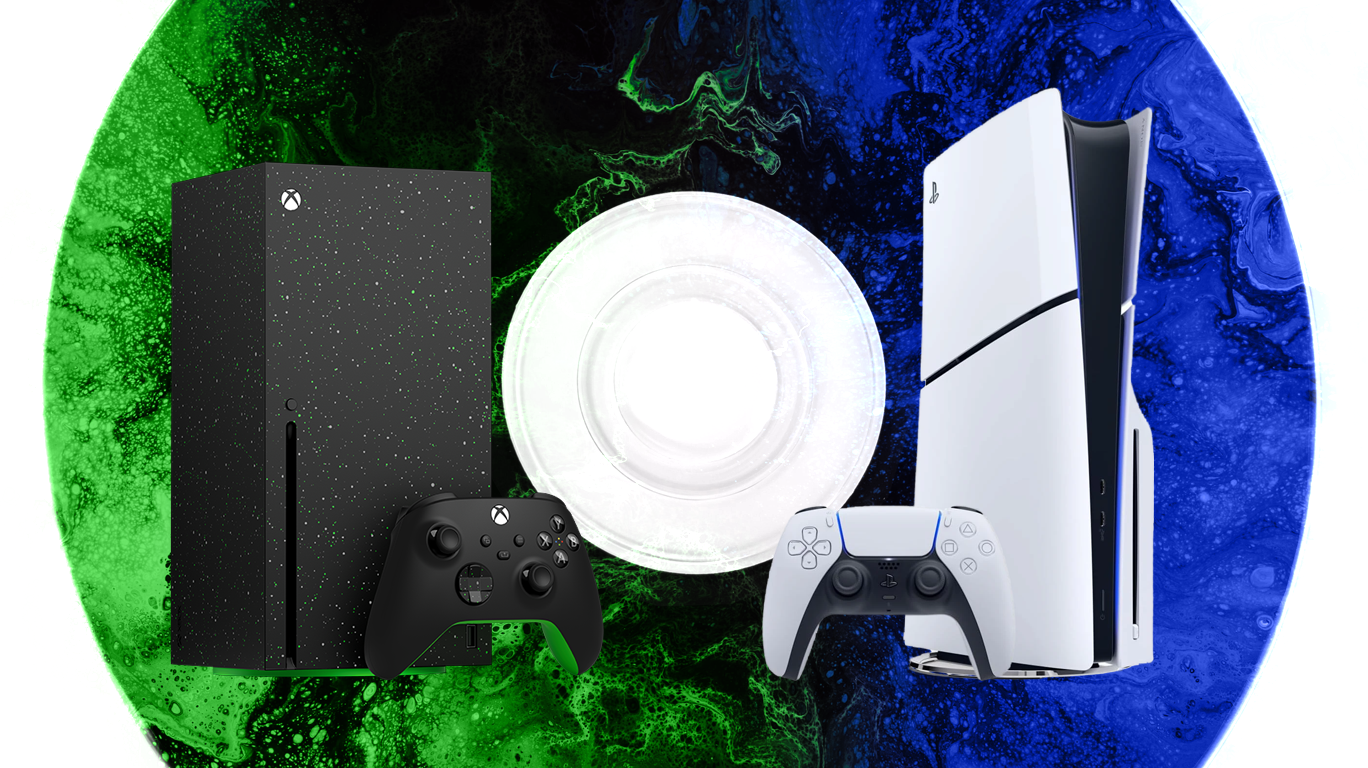Gaming Monitors: Do You Really Need 240Hz?
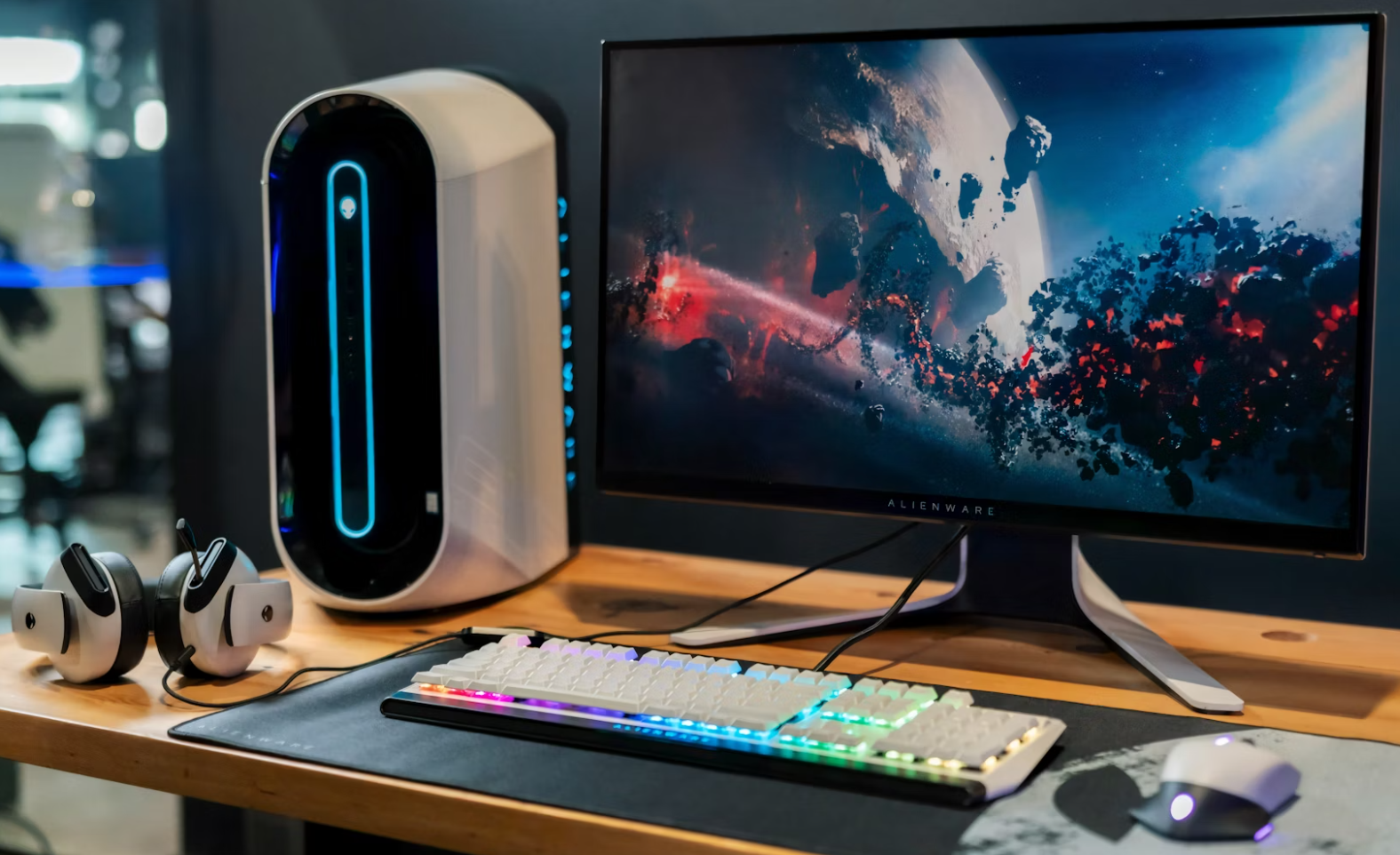 If you're in the market for a new gaming monitor, you've probably come across models boasting ultra-high refresh rates of 240Hz or even higher. It sounds impressive, but do you really need it? Let’s break it down so you can make a smart decision based on your gaming needs.
If you're in the market for a new gaming monitor, you've probably come across models boasting ultra-high refresh rates of 240Hz or even higher. It sounds impressive, but do you really need it? Let’s break it down so you can make a smart decision based on your gaming needs.
Understanding refresh rates
The refresh rate of a monitor, measured in hertz (Hz), is the number of times per second the screen updates with new information. For example, 60Hz monitor refreshes the image 60 times per second.
Here’s how the tiers generally stack up:
- 60Hz – standard for office work or casual use
- 120Hz / 144Hz – mid-range gaming monitors to balance between budget and performance
- 240Hz+ – high-end, competitive gaming territory
The higher the refresh rate, the smoother and more fluid everything can look on your monitor. But keep in mind that the picture quality can only look as good as how many frames per second (FPS) your PC can push.
It’s not just about the monitor, but the PC, too. Don’t let the marketing noise about monitors distract you from the bigger picture. What good is spending your money on a 240Hz+ monitor if your PC has a low FPS?
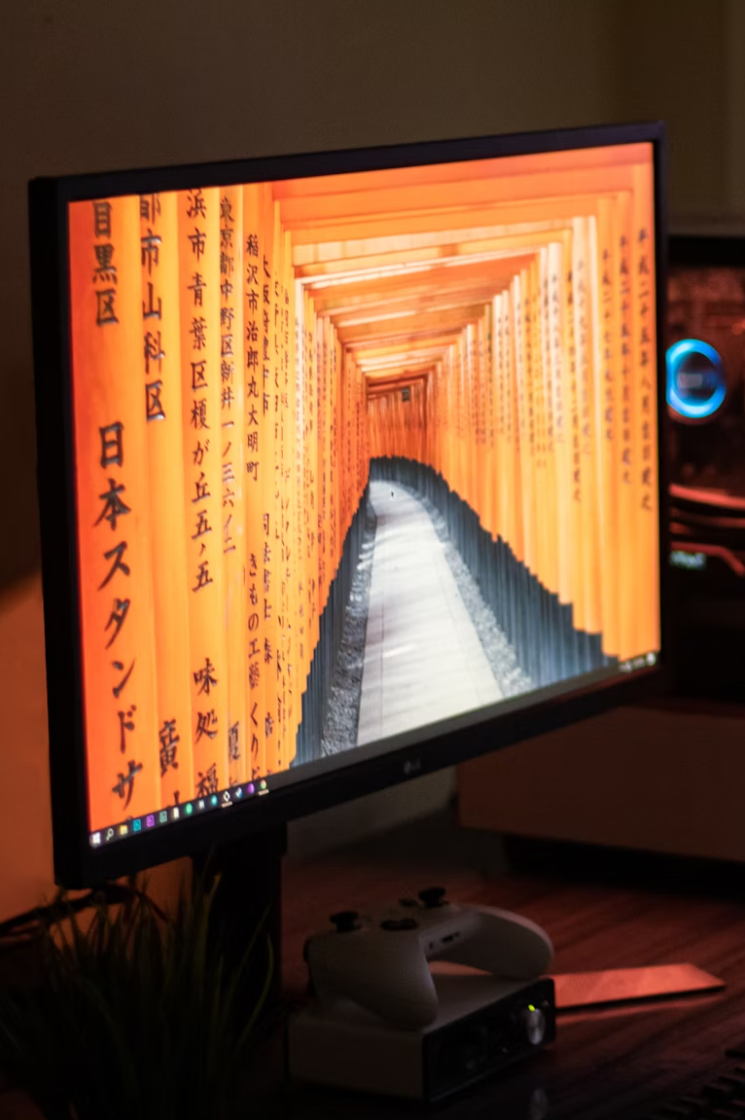 Response time makes a big difference
Response time makes a big difference
Another specification you’ll see a lot is response time, usually measured in milliseconds (ms). This is the time it takes for a pixel to change from one colour to another — often grey-to-grey (GtG).
- 1ms: ideal for gaming, as it reduces ghosting and motion blur
- 4ms or higher: standard for casual use, less ideal for fast-paced games
Response time matters most when things are moving quickly on screen, like in first-person shooters or racing games. Even with a high refresh rate, a slow response time can lead to blurry visuals or "smearing" (a blurry trail left behind fast-moving objects).
Can you spot the difference?
Here’s where things get interesting. Going from 60Hz to 120Hz or 144Hz is a big leap. It’s easy to notice smoother motion, faster reactions, and an overall more responsive feel.
Moving from 144Hz to 240Hz, though? The difference is still there, especially in highly concentrated graphics in games like CS2 or Valorant, but it’s subtle, and your eyes and reflexes need to be exceptionally quick to take full advantage.
If you’re not sure about what these specs actually feel like in the moment, your best opportunity would be to visit a local store housing a range of gaming monitors. That way, you’ll be able to browse and compare how the screens handle different visuals.
Often, monitors will show a default display of an image, but this won’t allow you to experience the full range of capabilities. To truly test the limits of a monitor, ask a staff member what games or movies they have to test the graphics of the monitor.
Input lag
Input lag is the delay between your action (pressing a key or mouse click) and it being reflected on the screen. Monitors with high refresh rates tend to reduce input lag. But, after a certain point, the reduction will only be marginal.
If you’re a competitive gamer, those milliseconds might count. For everyone else, you probably won’t notice or care about the difference.

Marketing hype vs. reality
Let’s be honest, when it comes to gaming, marketing campaigns love big numbers. It all sounds amazing, but more isn’t always better, especially if:
- Your graphics card can’t push enough frames
- You’re mostly playing slower-paced or story-based games
- You’re watching movies or using your monitor for work and web browsing
Many gamers spend extra money for specs they don’t need, and manufacturers know it. It’s important to stay educated on specifications and what they mean to you, so that you can choose the products that suit your needs, not the whims of the market.
What should you choose?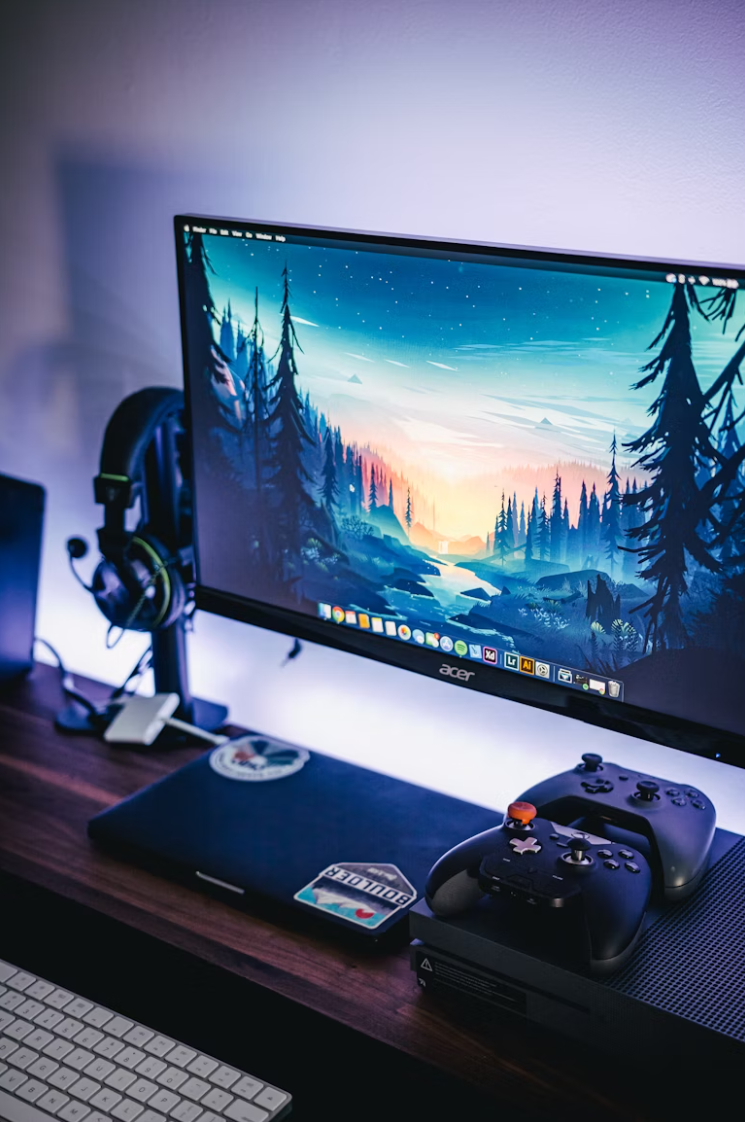
Here’s a handy breakdown:
You might benefit from 240Hz if:
- You play competitive esports titles (Valorant, CS2, Fortnite)
- You’ve got a GPU that can push 240+ FPS
- You want every competitive edge, no matter how slight
You probably don’t need 240Hz if:
- You play slower-paced games (RPGs, strategy, story-based)
- Your PC struggles to hit high frame rates
- You’re upgrading from 60Hz and just want a noticeable boost—144Hz is more than enough
Don’t forget other monitor features
Refresh rate and response time are important, but they’re not everything. Also consider:
- Panel type (IPS has better colour, TN has a faster response)
- Resolution (1080p is good for 240Hz; 1440p is ideal for many; 4K is superior if you prioritise visuals over speed)
- Screen size and aspect ratio
- G-SYNC/FreeSync support (for smoother gameplay)
- Build quality and ergonomics
Final thoughts
240Hz monitors are worth the hype, but only for those who really need them. They’re not essential for everyone, and knowing what you need from a monitor can help lower the price. Like many things in tech, it comes down to what you need and what your setup can handle.
